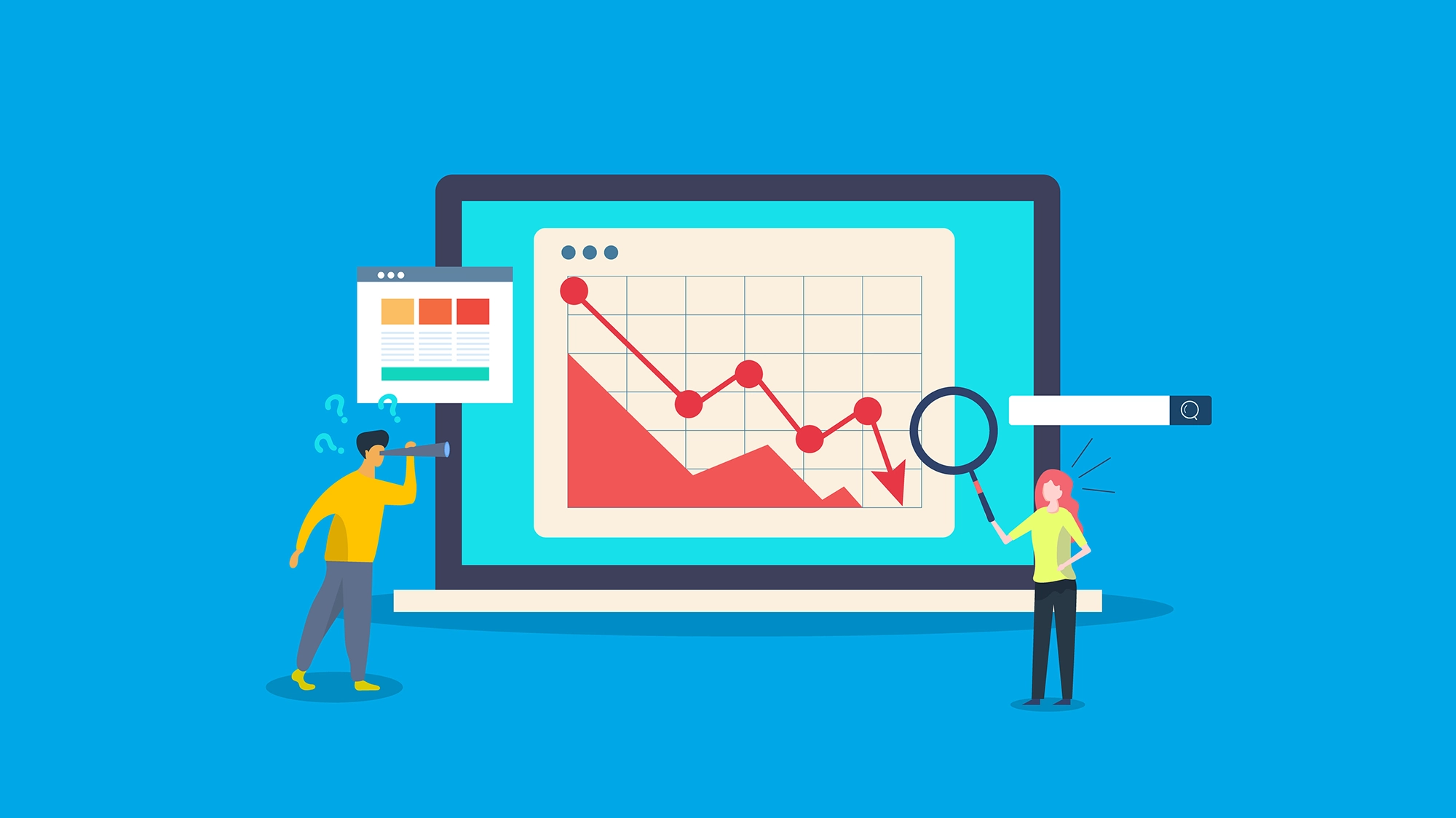Why Your Google Search Console Impressions Dropped — and Why It’s Not Always a Disaster
By Expressive Design
If you’ve logged into Google Search Console recently and noticed a sudden drop in impressions, you’re not alone. Across September 2025, website owners around the world saw their graphs dip dramatically — and understandably, many assumed something was wrong with their SEO.
But here’s the good news: in many cases, this change has nothing to do with your rankings or visibility. It’s actually linked to an update in how Google measures and reports impressions — not necessarily how your site performs in real search results.
What happened in September 2025?
In mid-September, Google made several behind-the-scenes changes to its search systems and reporting tools. One of the most noticeable was the removal of the “show 100 results” parameter, which has existed for years. Previously, some automated bots and tools were triggering artificial impressions that didn’t represent genuine user activity.
With that feature removed, Search Console now reports a more accurate picture of how often your website actually appears in real user searches. The result? A visible drop in impressions — but not because Google is showing your site less often to people. It’s simply no longer counting automated queries or extended result pages that users rarely see.
Don’t panic: impressions aren’t the full story
Impressions are just one part of the SEO picture. What really matters are clicks, engagement, and conversions. When this reporting change rolled out, many marketers initially thought they’d lost ranking positions overnight. But on closer inspection, most found that their clicks, average positions, and overall traffic remained stable. In other words, users were still finding and visiting their sites — the data in Search Console had just become cleaner.
So, before you rush into rewriting your pages or adjusting your SEO strategy, take a moment to compare your impressions with real analytics data. If your visits from Google haven’t dropped significantly, there’s no need for alarm.
The bigger picture: algorithm updates and AI Search
Alongside this reporting change, Google also began fine-tuning its broader ranking algorithms and introducing new AI-powered search features. Search is becoming increasingly conversational and visual, allowing people to explore topics through images, video, and follow-up questions — not just typed keywords.
That means SEO in late 2025 is evolving toward context, quality, and user intent. Google’s goal is to show content that genuinely helps people — not pages that rely on outdated optimisation tricks or keyword stuffing. For most well-maintained websites, this shift is positive. If your content is unique, helpful, and aligned with what your audience actually searches for, you’re in a strong position.
How to adapt your strategy
Here’s how to make sure your website stays in good health following the September update:
- Compare data sources – Don’t rely solely on Search Console impressions. Check Google Analytics, Bing Webmaster Tools, or your hosting logs to confirm whether traffic really changed.
- Focus on content quality – Keep producing relevant, detailed, and engaging content that demonstrates real expertise. Google’s AI-driven ranking factors increasingly reward this.
- Use structured data wisely – Google recently deprecated some schema types. Stick to supported ones such as Article, FAQ, and Product for clarity and compliance.
- Optimise for conversational search – As AI search evolves, write in a more natural, question-and-answer style. This helps your content appear in featured snippets and AI summaries.
- Avoid quick-fix SEO – Don’t chase algorithms. Focus on long-term improvements in usability, site speed, and trustworthy backlinks.
A reminder from Expressive Design
At Expressive Design, we monitor these changes closely so our clients don’t have to worry about every spike or dip on a graph. The September 2025 Google update might have looked alarming at first glance, but in reality, it’s about cleaner data and a better search experience. If your impressions have dropped but your site is still performing, that’s actually a good sign — it means your visibility is based on genuine user engagement, not inflated figures.
In summary: stay calm, stay consistent, and stay focused on quality. Search trends will keep evolving, but great design, strong content, and a genuine connection with your audience will always remain the foundation of good SEO.




